Product Health Reporting
How do you know if a product is healthy? What hazardous ingredients should you look out for? When you see a certification, how do you know if it’s reliable? Here is an overview on product health reporting.
Overview
Certifications and disclosures can provide useful information in assessing product health, but what exactly is the difference between the two?
Disclosures
Certifications
 Disclosures
Disclosures
Comparison of Disclosures Formats
| Disclosure Format | Description | Pros & Cons | Guide |
|---|---|---|---|
Health Product Declaration (HPD) |
A voluntary technical specification for reporting information on product contents and associated health information, intended to be the health-analogue to Environmental Product Declarations (EPDs). |
Pros & Cons
Includes highly detailed information on a product's content inventory and the associated health hazards
Provides manufacturers with the option of keeping ingredient names proprietary, while still disclosing related hazards
Includes additional information on VOC emissions, product certifications, accessory products, and whether it has been third-party verified
Includes considerations for impurities or residual byproducts that may be hazardous and are remaining in the finished product after manufacturing
Does not assess exposure, risk, or life cycle impacts
Can be an overwhelming amount of information for new users
|
Guide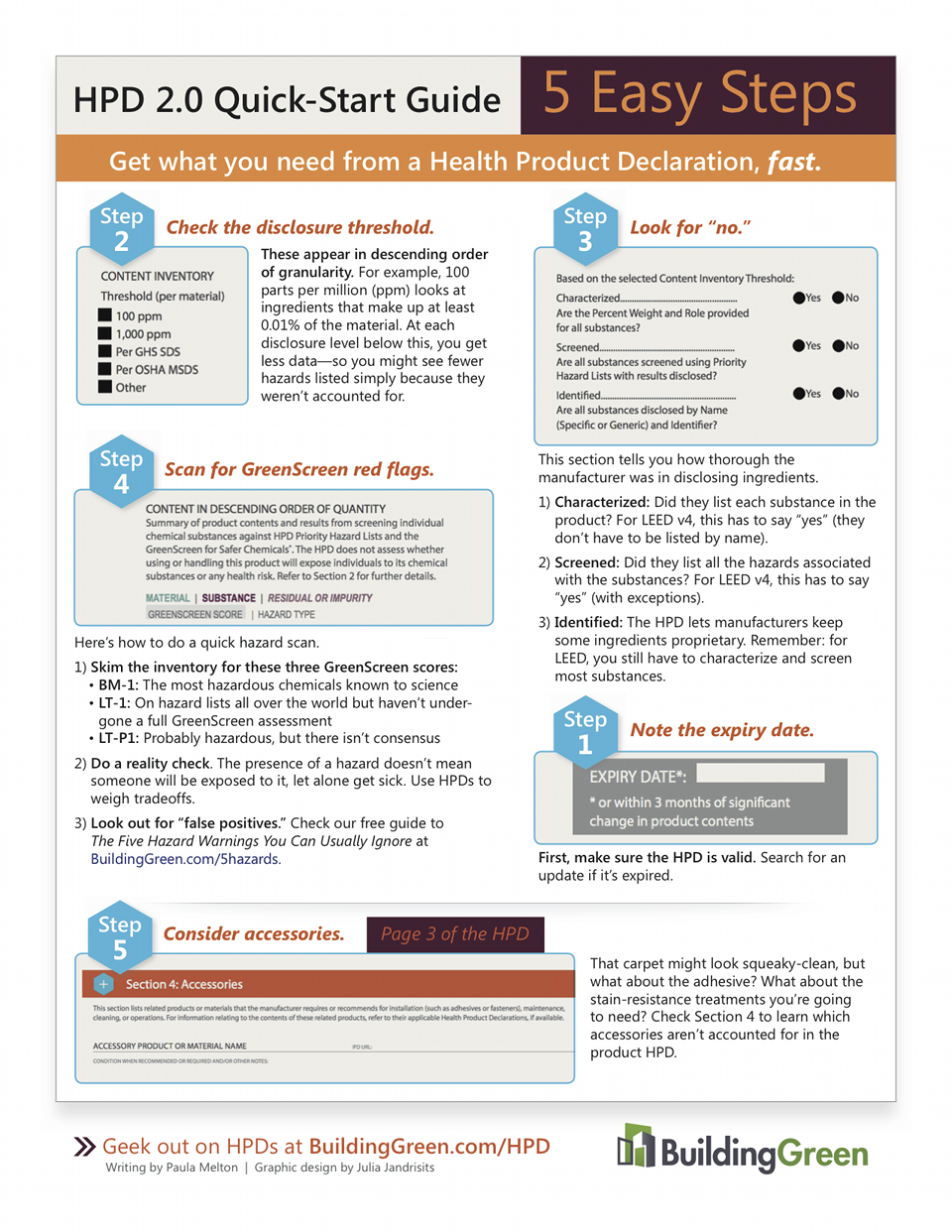
|
Declare Label |
Declare is a transparency platform and product database that answers three questions: |
Pros & Cons
Provides a simple and clear format for disclosure, akin to food nutrition labels
Requires at least 99% of product contents to be publicly disclosed
Ingredients are screened against the ILFI's Red List, US EPA's Chemical of Concern list, and REACH, and any hazards are flagged on the labels
Includes additional considerations for manufacturing location, End of Life options, VOC emissions, and compliance with the Living Building Challenge (LBC)
Labels are self-reported by manufacturers, however there is an option to have them third-party verified
Does not include characterization of ingredients
|
Guide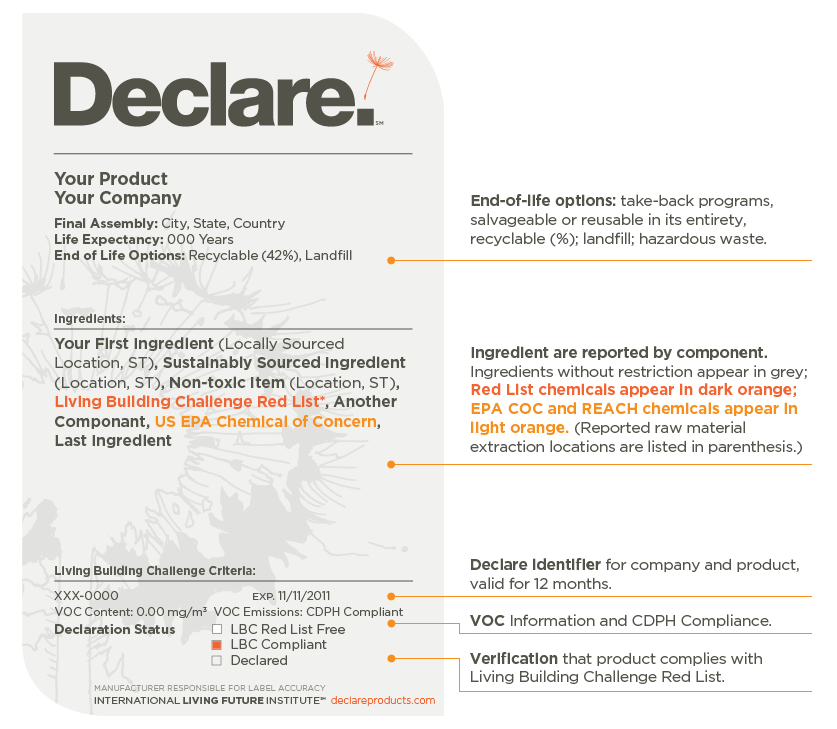
|
Environmental Product Declaration (EPD) |
A standardized format for communicating the environmental effects associated with a product’s raw materials extraction, energy use, chemical makeup, waste generation, and emissions to air, soil, and water. |
Pros & Cons
Discloses environmental impacts that cover the entire life cycle of a product, from raw extraction to end-of-use
Provides an inventory of a product's contents and characterizes the functions and percentage volumes of each substance
Provides information on product attributes such as durability, performance, maintenance requirements and their associated costs, all which will ultimately affect environmental considerations
Does NOT provide information on human health impacts or the toxicity of ingredients
|
Guide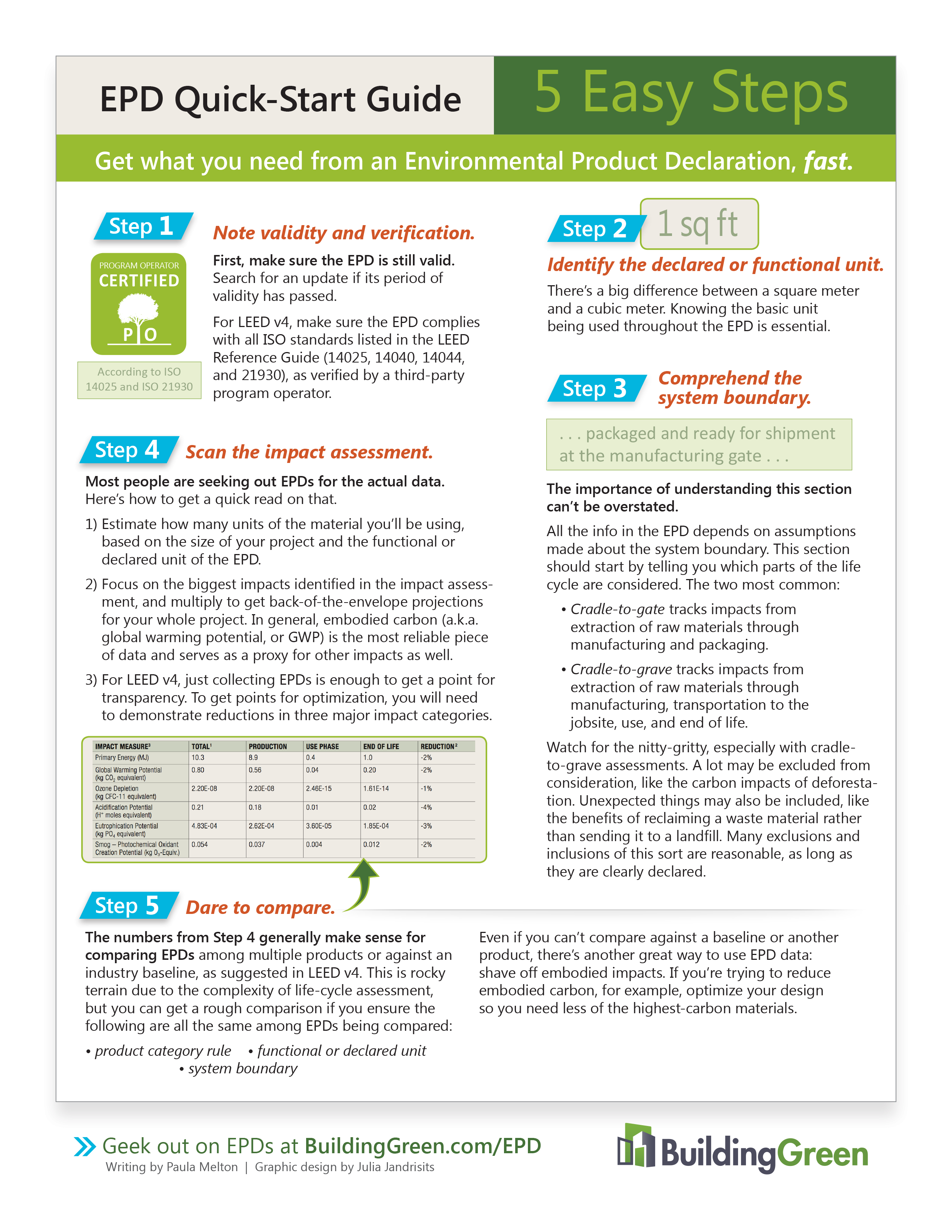
|
Safety Data Sheet (SDS) |
A reporting format that provides basic information about a material’s chemical ingredients, the potential safety hazards to installers, and recommended practices for installation. |
Pros & Cons
Captures acute and chronic risks
Protects identity of low-concentration ingredients
Does not require listing emerging chemicals of concern
|
|
USDA Certified Biobased Product Label |
Managed by the U.S. Department of Agriculture (USDA), the goal of the BioPreferred Program is to increase the purchase and use of biobased products. |
Pros & Cons |
|
Other |
Pros & Cons |
 Certifications
Certifications
Comparison of Certifications
| Certification | Product Range | What it covers | Type | Pros & Cons | Label |
|---|---|---|---|---|---|
Cradle to Cradle Certified Product Standard |
Wide range |
Multiattribute: |
2nd Party Industry Based |
Pros & Cons
Includes a robust Material Health framework that assesses product contents for toxicity and exposure throughout the entire life cycle
Holistically considers a spectrum of criteria addressing health, environmental impacts, and social equity
Encourages manufacturers to make continuous improvements with product optimization
Does not require product contents to be publicly disclosed
|
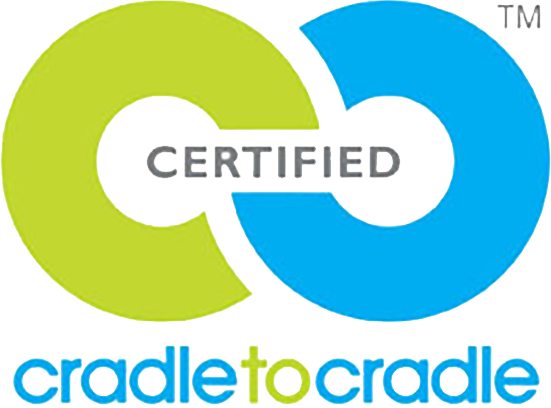
|
Cradle to Cradle Material Health Certification |
Wide Range |
CMRs/PBTs, Banned Chemicals, Emissions |
3rd Party Independent |
Pros & Cons
The Material Health Certificate provides a standalone certification that is identical to the material health section of the C2C Product Standard
Strict requirements for avoiding chemicals on C2C's Banned List and no exposures from carcinogens, mutagens, or reproductive toxicants, and products must meet VOC Emissions Standards
Requires manufacturers to develop a material health optimization strategy for phasing out "problematic" ingredients
Lower levels of certification (silver, bronze) do not require emissions compliance or 100% of contents to be assessed.
Does not require product contents to be publicly disclosed
|
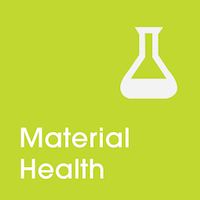
|
Declare | Red List Free |
Building Products |
- Banned Chemicals |
Voluntary |
Pros & Cons
Public access to complete content list
Certifies that a product is completely free of the identified persistent, bioaccumulative, and toxic chemicals that are on the International Living Future Institute's Red List
Certifies that products that contain VOCs meet the CDPH Standard Method emissions standard (or an international equivalent)
Because Declare labels are self-disclosed (with an optional third-party verification), there is a possibility that the information is inaccurate
By identifying specific chemicals of concern, a red list approach may lead to regrettable substitutions with chemicals that we aren't completely familiar with yet
|
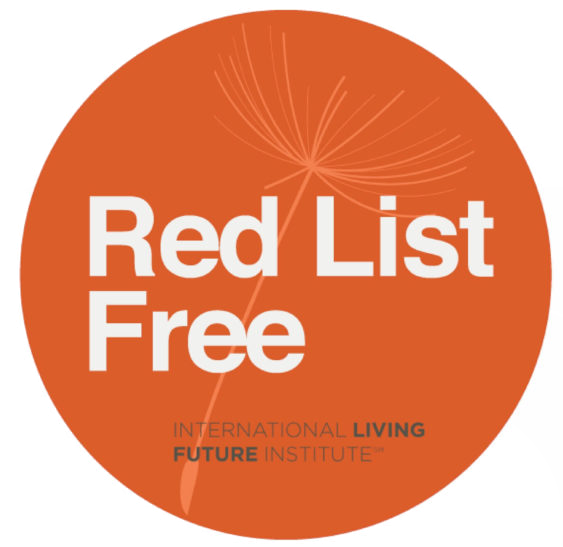
|
BIFMA level |
Commercial Furniture |
Multiattribute: |
3rd Party Independent |
Pros & Cons
Examines the actions of companies and manufacturing facilities
Analyzes a product's full life cycle, from manufacturing through disposal
Third-party verified
Does not require product contents to be publicly disclosed
Doesn't require the elimination of hazardous ingredients
Lower levels of certification (level 1 and level 2) do not require credits for human & ecosystem health
Scorecards are not disclosed
|
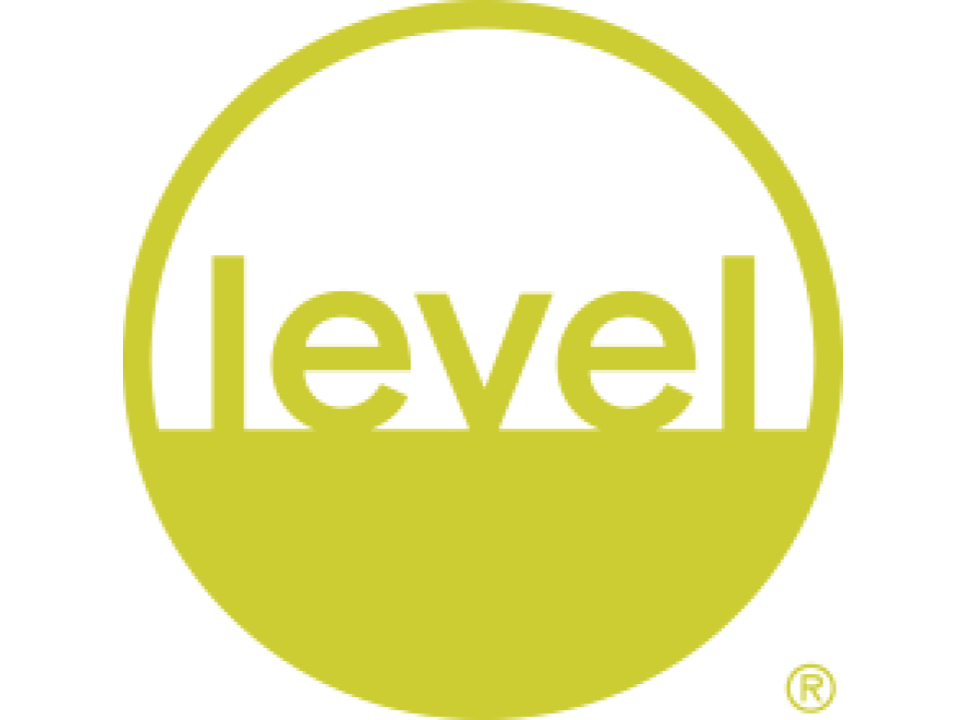
|
CDPH "Standard Method" v1.2 Section 01350 |
Wide range |
VOC Emissions |
Voluntary |
Pros & Cons
Requires that the emissions of 35 VOCs be below half of the current CREL (Chronic Reference Exposure Level), which is the level at which a chemical is shown to be non-toxic to the general population during a ten year exposure
Can be used toward other certifications such as Red List Free and WELL Building
As is the case with other Indoor Air Quality certifications, Section 01350 doesn't measure SVOCs (semi-volatile organic compounds) like phthalates and halogenated flame retardants, which we touch, inhale, or ingest as dust instead of as a gas
|
|
GREENGUARD Certification |
Wide range |
Emissions of: |
3rd Party Independent |
Pros & Cons
Third-party verified
Can contribute to other green building certifications, including LEED and BIFMA Level
GREENGUARD Gold follows the strict, science-based standards established by California Section 01350
The emissions levels required for the standard GREENGUARD certification are not based on health data
As is the case with other Indoor Air Quality certifications, GREENGUARD doesn't measure SVOCs (semi-volatile organic compounds) like phthalates and halogenated flame retardants, which we touch, inhale, or ingest as dust instead of as a gas
|

|
SCS | Indoor Advantage |
Wide range |
VOC Emissions |
3rd Party Independent |
Pros & Cons
Third-party verified
Indoor Advantage products meet LEED v4 standards, and Indoor Advantage Gold products meet stricter certification standards such as CHPS
Indoor Advantage Gold strictly follows the science-based VOC thresholds established by the CDPH Standard Method
Includes stricter product-specific requirements for adhesives, sealants, coatings, and batt insulation
As is the case with other Indoor Air Quality certifications, SCS Indoor Advantage doesn't measure SVOCs (semi-volatile organic compounds) like phthalates and halogenated flame retardants, which we touch, inhale, or ingest as dust instead of as a gas
|
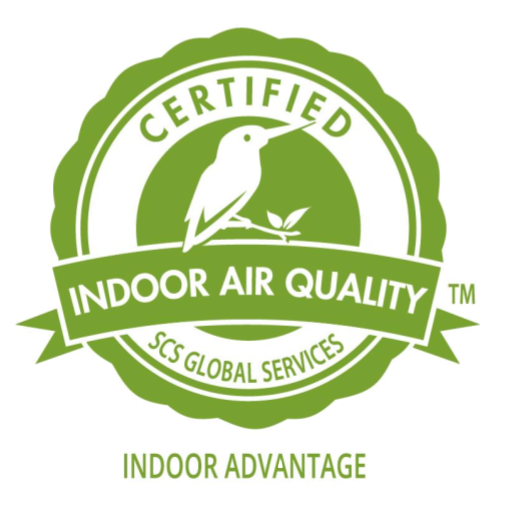
|
Green Seal |
Wide Range, Consumer Products to Building Materials |
Specific Criteria per Material Category |
3rd Party Independent |
Pros & Cons
Rigorous screening by trained auditors
Uses various ASTM standards depending on product type
Reevaluates criteria every three years based on the market to ensure that roughly 20% of products on the market are eligible
Analyzes a product's full life cycle, from manufacturing through disposal
Does not require product contents to be publicly disclosed
Not ANSI approved
|
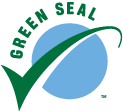
|
FloorScore |
Hard-surface flooring and flooring adhesives |
VOC Emissions and Content |
3rd Party Independent |
Pros & Cons
Third-party verified
Uses science-based VOC emission thresholds established by the CDPH Standard Method
Includes a VOC content requirement for adhesives, which means that it meets LEED v4's Low-Emitting Materials credit
As is the case with other Indoor Air Quality certifications, FloorScore doesn't measure SVOCs (semi-volatile organic compounds) like phthalates and halogenated flame retardants, which we touch, inhale, or ingest as dust instead of as a gas
|
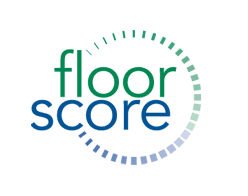
|
CARB | NAF |
Non-structural composite wood (hardwood plywood, particleboard, and medium-density fiberboard) |
Formaldehyde content |
Government Enforced |
Pros & Cons
The NAF standard for No Added Formaldehyde is currently the highest federal standard regulating formaldehyde emissions
NAF certifies that composite wood is free of resins made from urea formaldehyde or phenol formaldehyde, which have the potential to off-gas after installation and are known carcinogens
Third-party verified
NAF composite wood may use regrettable substitutions for formaldehyde (such as methyl diisocyanate or MDI)
Manufacturers have not completely disclosed the composition of soy-based binders, which are another common substitution for formaldehyde in NAF composite wood
|

|
CARB | ULEF |
Non-structural composite wood (hardwood plywood, particleboard, and medium-density fiberboard) |
Formaldehyde emissions |
Government Enforced |
Pros & Cons
Products with a ULEF certification have ultra-low emitting formaldehyde resins which have been shown to have formaldehyde emissions below the limits established by CARB Phase 2
Third-party verified
Focusing on achieving low emissions through a ULEF certification (instead of eliminating formaldehyde all together) gives manufacturers flexibility when dealing with different materials or manufacturing conditions
It is unclear if formaldehyde emissions could increase under certain conditions. ULEF is typically achieved by adding urea as a "scavenger," which bonds with excess formaldehyde to prevent it from off-gassing. But studies by the EPA and the USDA Forest Products Lab have shown later increases in formaldehyde emissions in ULEF products in climates with elevated heat and humidity
|

|
USDA Certified Biobased Product Label |
Managed by the U.S. Department of Agriculture (USDA), the goal of the BioPreferred Program is to increase the purchase and use of biobased products. |
Pros & Cons |
|||
PassivHaus |
Pros & Cons |
||||
Eurofins Gold Indoor Air Comfort |
Pros & Cons |
||||
LCA |
Life Cycle Analysis |
Pros & Cons |
Join Our Academic Network
Get Access to our carefully researched and curated academic resources, including model syllabi and webinars. An email from an academic institution or a .edu email address is required. If your academic institution does not use .edu email addresses but you would like to join the network, please contact healthymaterialslab@newschool.edu.
Already have an account? Log in